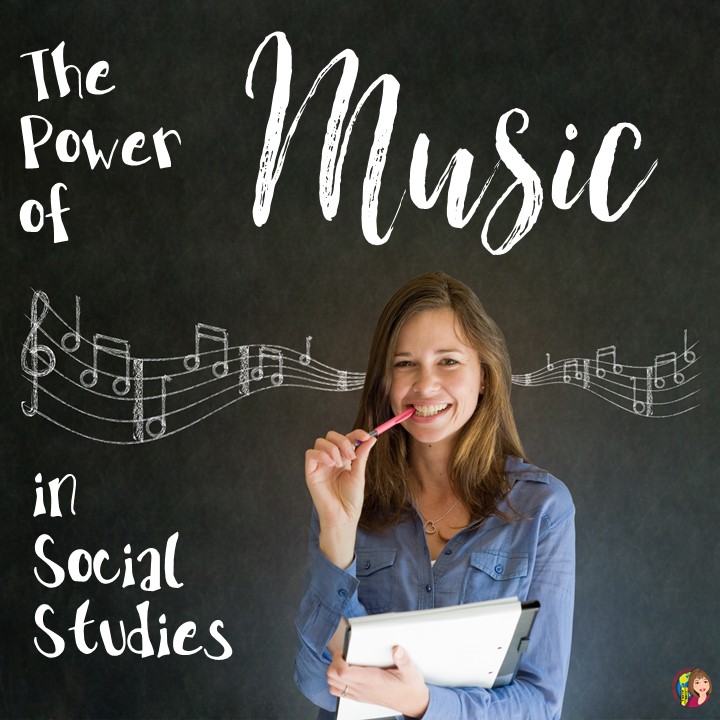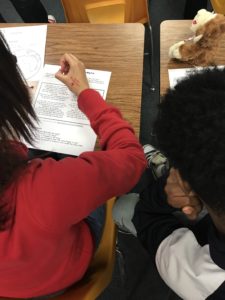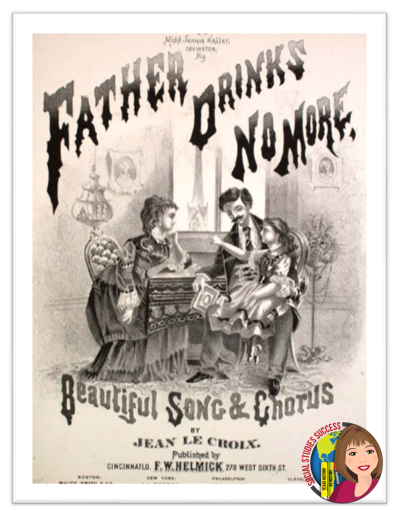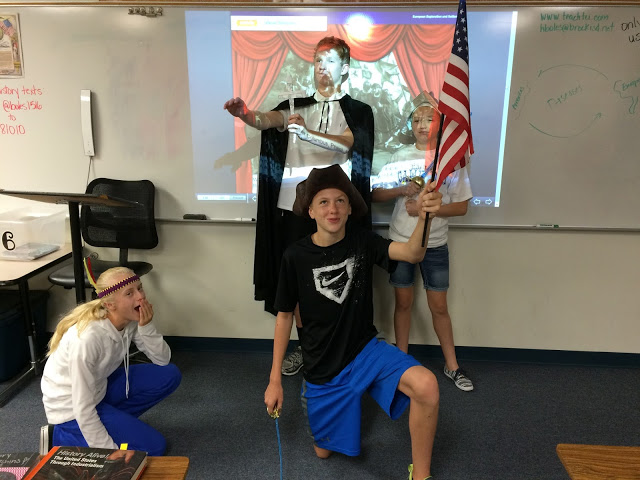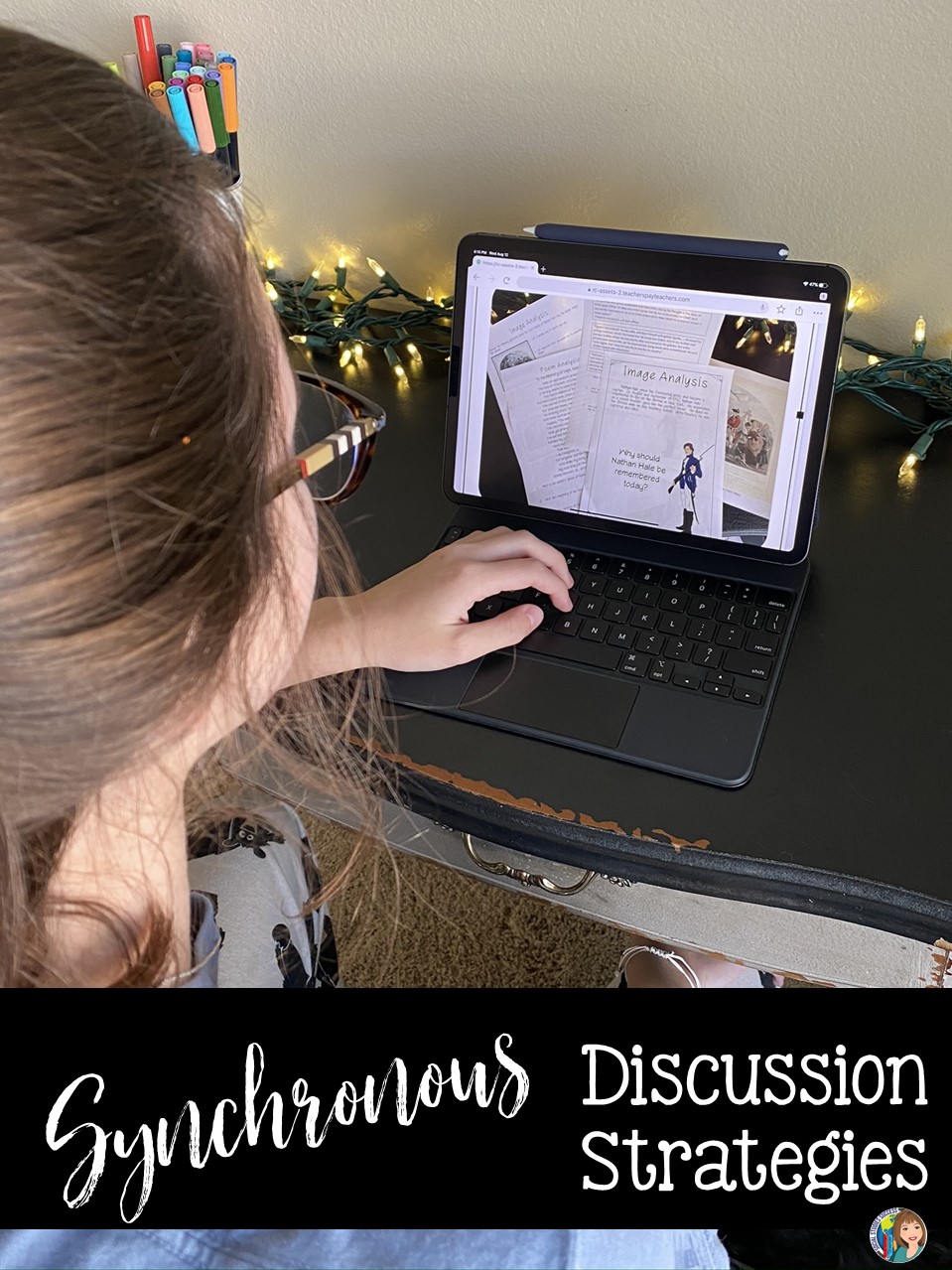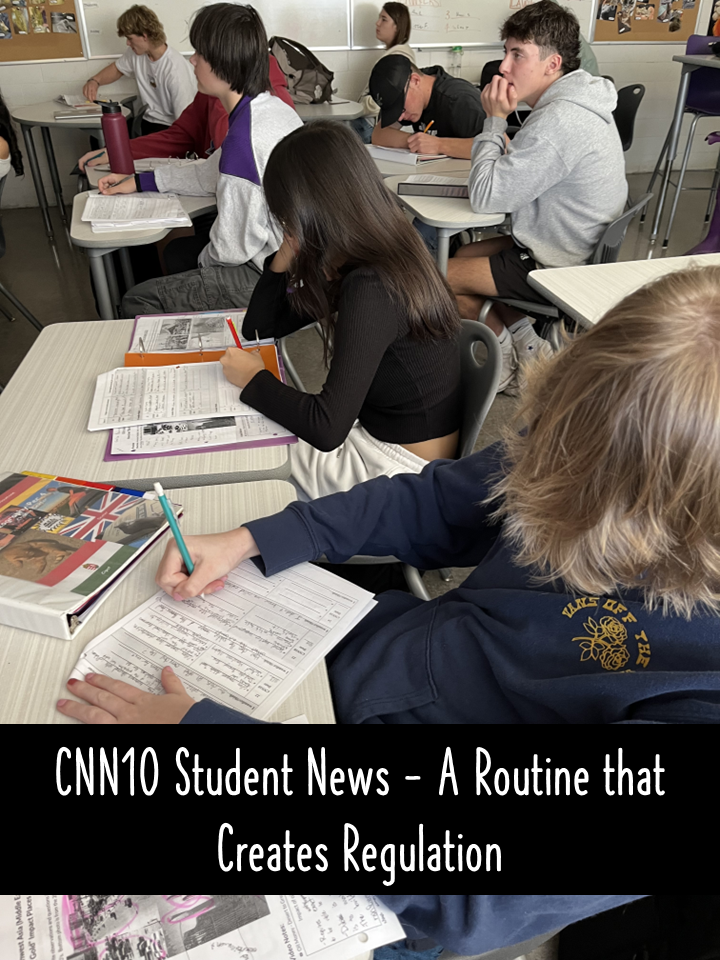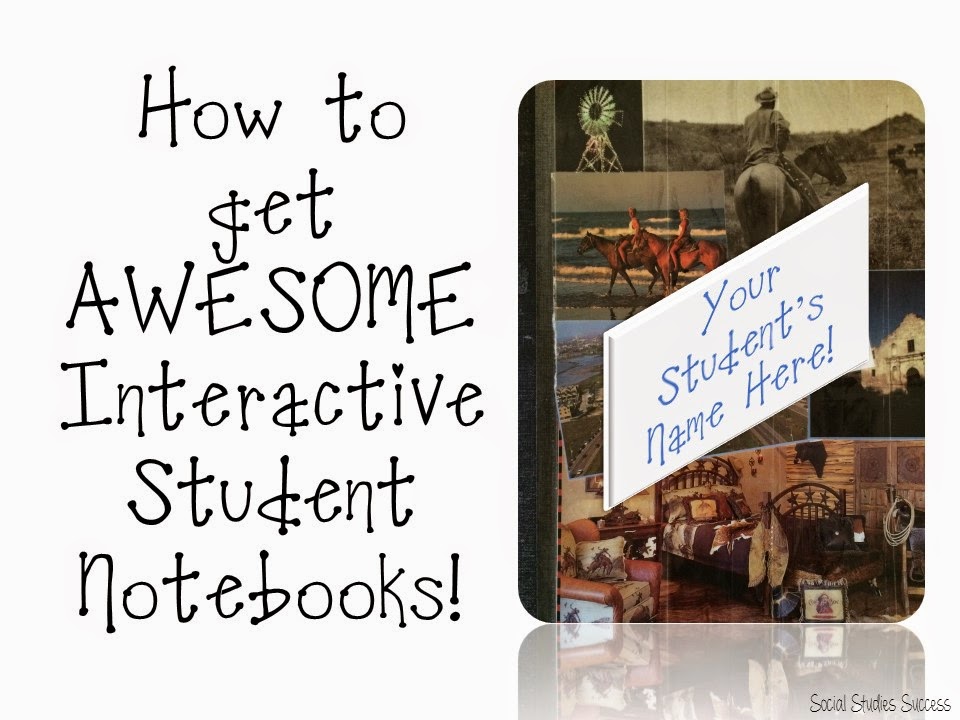Music. It’s a component in most of our daily lives. On the way to work, in the gym, with friends, on the football field, in the band room, or even in our own rooms as we bellow out those tunes that bring movement to our feet. But, when one thinks of Social Studies, music doesn’t generally come to mind.
When you ask any middle school or even high school student about their attitude regarding Social Studies, you may receive responses that aren’t overly positive. Most students struggle with Social Studies, be it the learning of all the information or just an unwillingness to participate. However, if you bring a little music into your classroom, you will assist your student in growing their knowledge and you will be assisting in memory exercises.
So, how do you implement music into your Social Studies Classroom? Why is it important to do such a thing?
Importance of Music
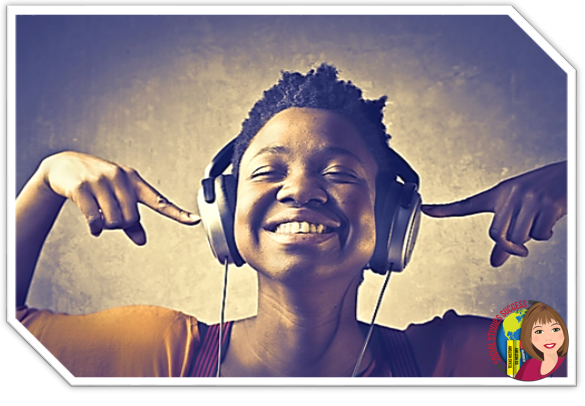
Music is a hidden gem that many have yet to implement into the classroom. However, there are many benefits to using music in the classroom.When listening to music, this is what happens:
The tunes are put on, the volume is turned up and the music begins to flow through the speakers. Suddenly, the brain activates. The hearing center of the brain is notified that something is going on. In order to determine what’s being said, the language center of the brain begins to decrypt the words bellowing out of the little black honeycomb squares. Once the language center has decrypted the words, the emotional center activates, letting you know how you feel about these words. Finally, the rhythmic motor control activates as you being to tap your foot, snap your fingers, or move those legs. Where most students turn on (or off) their hearing centers when listening to a teacher give lecture and may activate the language centers in order to determine what’s being said, the emotional and rhythmic motor control centers may or may not activate at all.
Another good thing to keep in mind is that music helps students to retain information. Think about how many times an old song comes on that you haven’t heard in ages, yet you remember all the words. How many people can still remember the ABC’s? Syncing musing and learning allows the student to not only activate those core centers, but encourages creativity, thinking, and assists in memory development.
Now that we know why including music in class activities is important, let’s look at a few examples on how you can pair a song with an event.
Using Songs for Previews
War for Mexican Independence
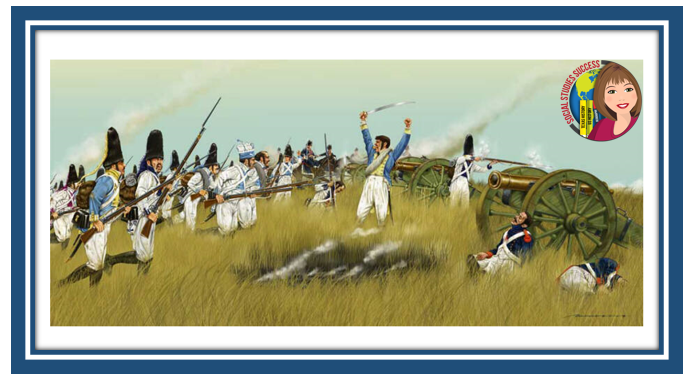
When teaching about the war of Mexican Independence, it is important to get the students engaged. One of the ways you can do that, is to have the students read and listen to the Mexican National Anthem. Once the students have not only read the song, but heard it as well, the students could do one or both of the following activities:
Compare the song to the United States of America National Anthem; or
Have the students perform an analysis of the Mexican National Anthem and ask the students the following questions:
- How would you describe this song?
- What is the mood of the song?
- What history is revealed in the song?
You can also ask students to write their own question. This question could then either be directed towards another student, the class, or the teacher. The question must be different than that other questions asked. This will have your students thinking deeply about the song and the aspect of what occurred during the war of the Mexican Independence.
For other ideas on teaching the war of the Mexican Independence and for a full lesson plan, please click here.
Immigration
In my lesson on Immigration, I preview the activity with the song “Don’t Bite the Hand that Feeds You.” Although the song was written over 100 years ago – students make instant connections between the feelings and emotions of the Nativists and the events occurring today. This leads to a great discussion with your students, not only on immigration, but on why history is so important to learn!
Using Songs to Teach Content
Reform Movements
There are many reform movements in which the use of song pairing and analysis work great together. The Temperance Movement is a prime example. Using songs like, “Father Drinks No More” by Jean Le Croix and “Please Sell No More Drink to My Father” by Charles A. White, will get your students thinking. Another way to get students involved in the concept of the song, is to have the student compose a musical story based on the song associated with the movement. A third activity, would be to have your students determine who the speaker of the song is and to whom they are speaking. Then, have the student write a response from the recipient to the speaker.
For lesson plans on other reform movements, including: Education Reform; Women’s Rights Movement; Prison Reform; Labor Reform; Care of the Disabled; and the Abolitionist Movement, or on other topics such as: Slavery or Immigration, please click here.
Using Songs to Establish a Mood
Reconstruction
My latest lesson on Reconstruction features the African American Spiritual “Nobody Knows the Trouble I’ve Seen”. I choose this song, not only because it’s rich history, but because the mood it will set in your room. Reconstruction swings back and forth between advances for African Americans, and suffering from the Ku Klux Klan. This song anticipates the content by allowing students to make an emotional connection to Freedmen.
Listen to the song for just a moment, and you can make a connection as well.
I hope you have the opportunity to make your Social Studies class exciting with music!

